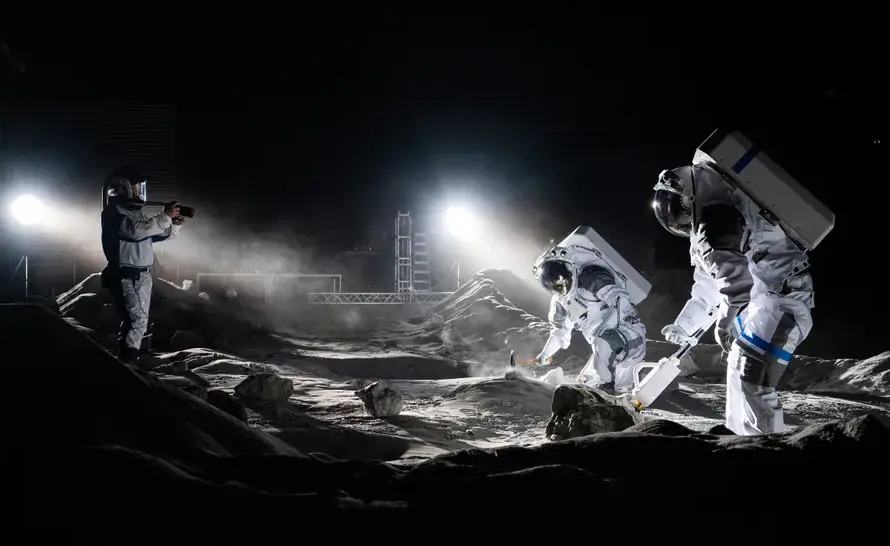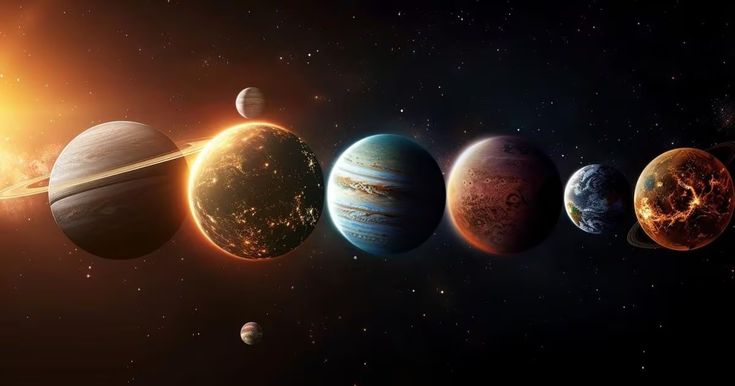A Stinky Secret Beneath the Red Planet
Mars—our dusty red neighbor—has long captivated scientists and dreamers alike. We’ve sent rovers across its rugged terrain, scanned its thin atmosphere, and even mapped the echoes beneath its surface. But now, scientists are sniffing out a new mystery at the core of Mars—one that could smell a lot like rotten eggs.
You read that right.
Recent research suggests that hydrogen sulfide, the gas notorious for its pungent sulfuric stench, could be lurking beneath the Martian surface, possibly even near its core. But before you turn your nose up, this stinky discovery could unlock vital clues about how Mars formed, how it evolved—and whether it was ever capable of supporting life.
The Clues Beneath the Surface
The idea stems from a detailed analysis of seismic data collected by NASA’s InSight lander. InSight, which touched down on Mars in 2018, spent years listening to “Marsquakes”—vibrations in the ground that travel through the planet’s layers. By studying the way these seismic waves bounce and bend, scientists can infer what lies hidden beneath the surface.
Think of it like sonar—but for a whole planet.
Using this data, researchers constructed new models of Mars’ interior. And that’s when things got interesting. The results hinted that the Martian core might not be as massive as previously thought, which left them with a puzzle: If the core is smaller, what’s filling up the rest of the space beneath the crust?
Their answer? A layer rich in sulfur-based compounds, possibly including hydrogen sulfide.
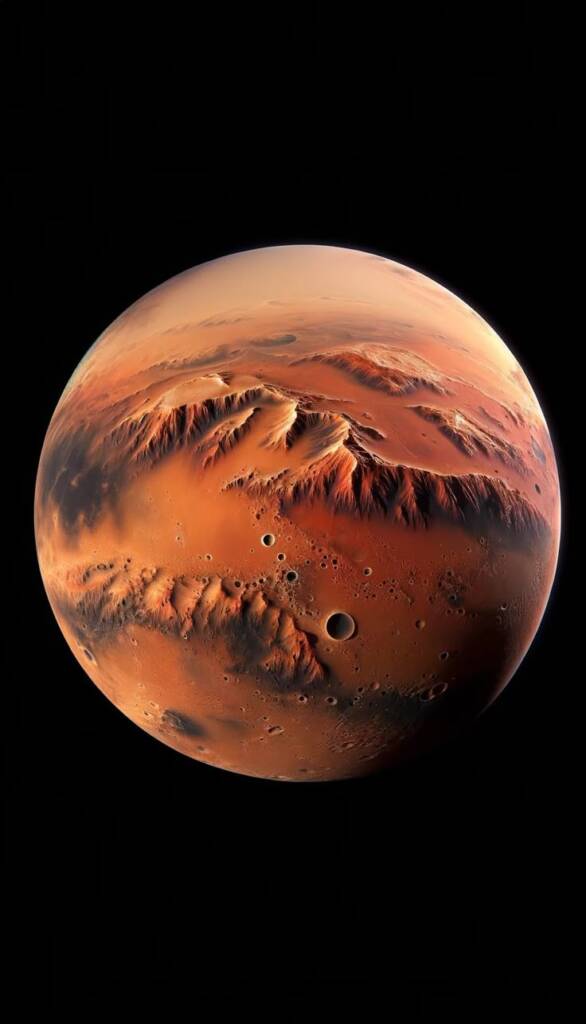
The Sulfur Connection
Hydrogen sulfide (H₂S) is a simple but powerful molecule. It’s a byproduct of volcanic activity and chemical reactions involving sulfur and hydrogen—two elements that are common throughout the solar system. On Earth, it seeps from volcanic vents and decaying organic matter. On Mars, its presence would suggest a much more chemically dynamic interior than we imagined.
This stinky molecule doesn’t just hint at volcanic history—it could also tell us whether Mars ever had the right conditions for life. On Earth, certain microbes even thrive in environments rich in hydrogen sulfide, suggesting that where there’s sulfur, there may have once been something alive.
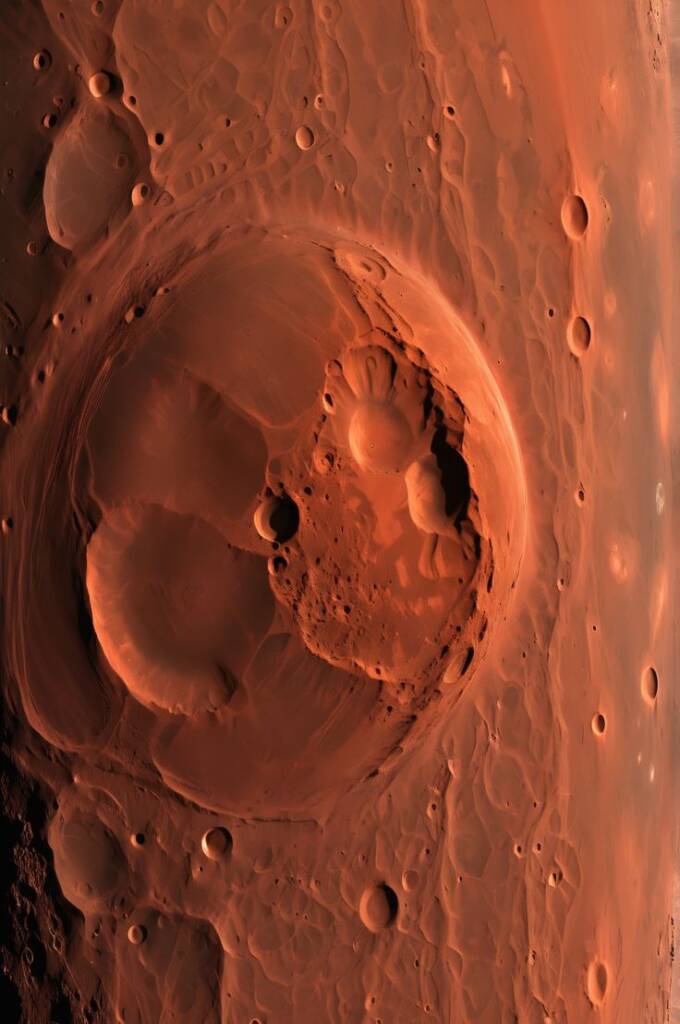
Redefining the Martian Interior
For decades, scientists believed Mars had a large, iron-rich core similar to Earth’s—but smaller. These new findings flip that assumption. If hydrogen sulfide or other light elements are present in large quantities, it means the Martian core may be more complex and layered, with pockets of volatile materials and sulfur compounds tucked between layers of rock and iron.
This would also explain why Mars lost its magnetic field billions of years ago. A lighter core might not be able to support the same kind of magnetic dynamo that powers Earth’s protective field—leaving the Red Planet exposed to solar radiation and slowly stripping away its atmosphere.
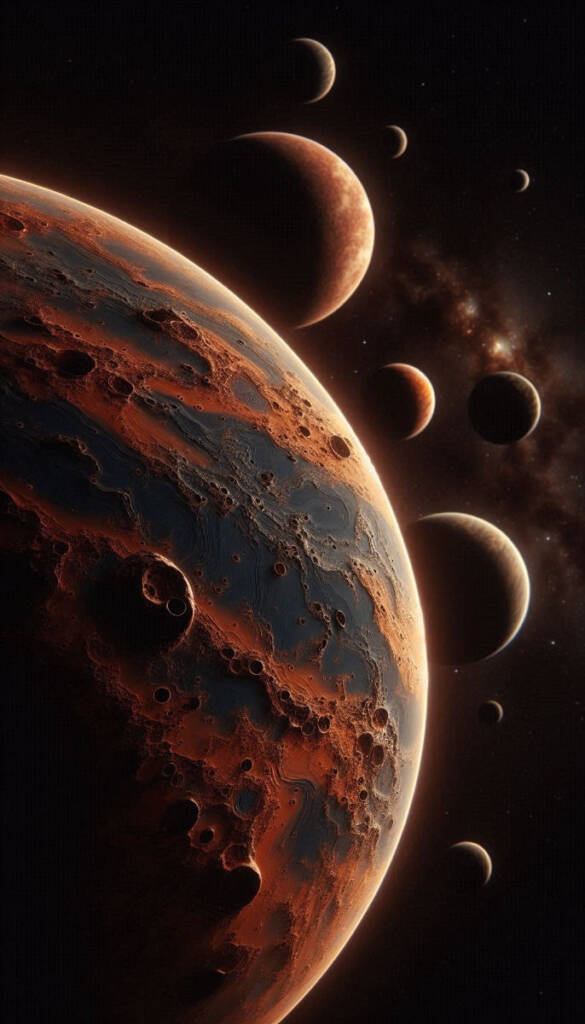
Why This Stinks—in a Good Way
Far from being a nuisance, that imagined rotten-egg smell is a signpost in the Martian mystery trail. Hydrogen sulfide could help us rewrite the history of Mars—how it cooled, how its magnetic field disappeared, and how its once-wet surface dried into the barren landscape we see today.
And as strange as it sounds, it might even point to regions of the planet where life once had a chance to survive deep underground, shielded from the harsh surface by layers of rock—and nourished by chemistry rather than sunlight.
Final Thoughts: Following the Scent of Science
Mars continues to surprise us. Every new piece of data peels back another layer of its long and tangled story. This latest theory—linking its inner structure to sulfur and hydrogen sulfide—reminds us that the answers to big planetary questions sometimes come with unexpected smells.
Whether it’s a dry canyon, a polar ice cap, or a stinky underground surprise, Mars has more to reveal. And with every seismic tremor and chemical hint, we’re inching closer to understanding the Red Planet’s true nature—and its place in the history of our solar system.

